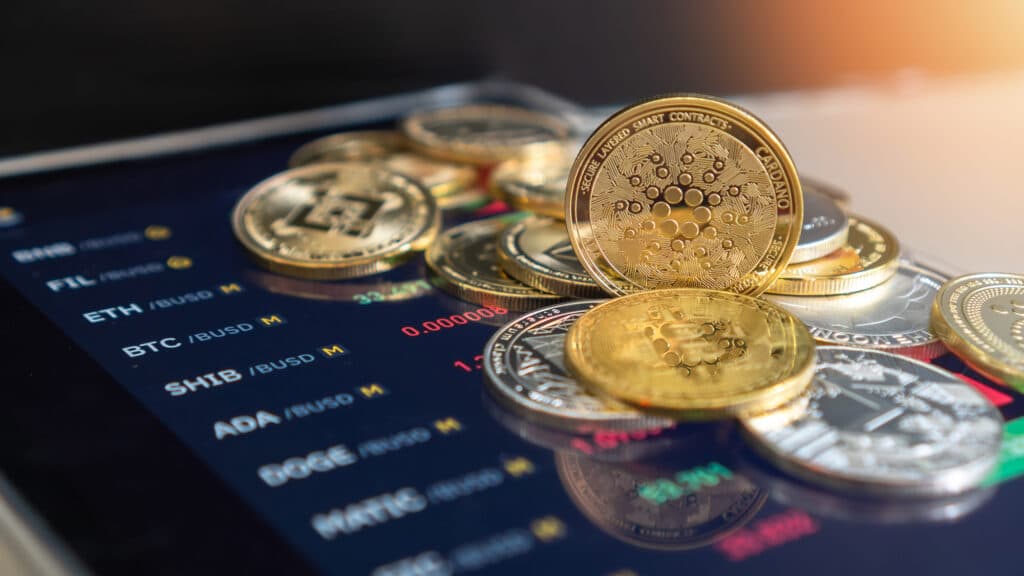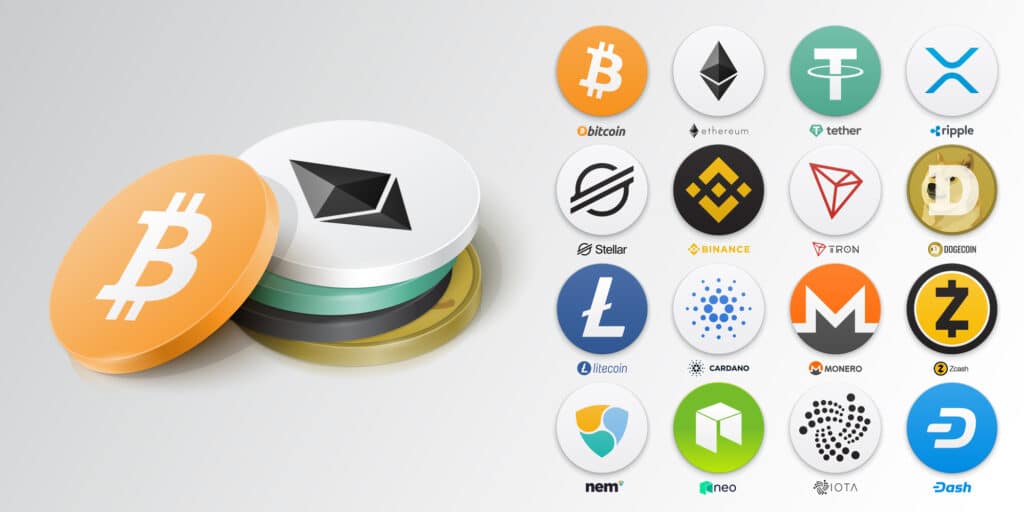Why Some Cryptocurrencies Are Worth $40,000, while Others Stay at $0.40?

Cryptocurrencies
Bitcoin launched in January 2009 at a value of $0. In July 2009, its price jumped to $0.09. As of February 2021, its market value was $35,608, while DOGE coin's value is $0.11. If you are new to crypto trading, you might be thinking, "Maybe I should invest in DOGE coin because it'll pick up steam later and come at par with Bitcoin."
While it might seem reasonable in a conventional market setting, crypto trading is a different world. In reality, DOGE coin or any other coin would face resistance from market capitalization and asset supply.
Market cap is the accumulated dollar value of a crypto coin's circulating supply. In simple terms, if a piece of candy is worth $10 and there are only 100 of them, its market cap would be $1,000. However, this market cap would change as a response to the change in the price of an asset. For instance, Bitcoin's current market cap is $664 billion. However, in 2019, its market cap was $134 billion because its price was $3,869,47.

How Crypto Prices Are Determined
The price of a crypto coin is based on its market supply. BTC's current market supply is 18 million; therefore, it's a scarce asset valued at a higher price. Even though BTC's supply increases due to miners, its maximum supply is 21 million. On the other hand, DOGE coin supply 132 billion, making it an abundant asset. Therefore, its price is lower.
Will DOGE Be the Next Bitcoin?
Given DOGE's current market supply, the market cap would be $862 billion if its price increased to $6.5. Assuming DOGE coin's prices to be $1,500, its market cap would be $199 trillion. Achieving this number isn't possible because the total crypto market worth is just over $1.03 trillion.
The only time DOGE coin would experience a price increase is when Bitcoin gets overvalued. Bitcoin consumes a huge chunk of the crypto market. So, when Bitcoin prices fluctuate, the entire crypto market cap changes, allowing other coins to increase in value.
Generally, assets with a small circulating supply are valued over assets with a large circulating supply. For instance, Yearn. Finance's YFI's supply is relatively small, standing at only 36,635. As a result, its prices spiked from $900 in July 2020 to $40,000 in September. A multitude of other factors influences the price of a cryptocurrency. However, its circulating supply continues to play a critical role in determining its price.
What Influences the Price of Crypto Currencies?
At this point, you are probably wondering what influences the price of cryptocurrencies. After all, one can have an endless or a limited supply of cryptocurrency to fluctuate its value, right? Here are some basic economic factors that play a crucial role in crypto trading.

Demand and Supply
Market forces of demand and supply influence everything that has a price. For instance, if there is drought, the price of grain would spike because there is less supply and more demand. Similarly, if the number of sellers in a market is higher than buyers, there would be a downward trend in the price chart.
The same principles apply to cryptocurrencies. Since cryptocurrencies aren't governed or backed by central authorities, they are largely influenced by the following factors.
- Supply
- Cost of production
- Availability on the exchange
- Regulations
Crypto assets have their maximum number of supplies embedded in their code. The supply of each asset grows through mining or staking until it reaches its maximum limit. If you wonder what's the difference between total supply and available supply in crypto, here's the answer.
Total supply is the number of tokens or coins currently available in the market. This number keeps increasing due to crypto mining and staking. The maximum supply, i.e., is the total number of tokens or coins that can be mined, isn't subjected to a specific period. Instead, the time limit is on the number of coins or tokens you can mine.
Contrary to Bitcoin, Ether doesn't have a maximum supply cap. Some cryptocurrencies burn their existing coins to prevent the supply from going out of control. Burning a coin means it's sent to an unrecoverable address on the blockchain.
The monetary policy of cryptocurrencies is different from the physical currency. Bitcoin supply increases by a fixed number with each new block mined. However, Etherium offers a reward for each new block and pays for including the "uncle block."
Therefore, in a way, Etherium's supply isn't as restricted as Bitcoin's. On the other hand, some cryptocurrencies are governed entirely by the team handling the project. They choose to release or burn tokens and directly control their supply and market price.
The most interesting fact about cryptocurrencies is that their demand increases exponentially as the market becomes more aware. For instance, when institutional investors jumped on the bandwagon of Bitcoin express, the demand surged, overshadowing the supply.
As a result, Bitcoin's price spiked because there were more buyers than sellers in the market. Additionally, there wasn't enough bitcoin to be sold, just like the grain scenario discussed above. In this situation, the seller determined Bitcoin's prices, and buyers had no option but to abide by those prices.
Cost of Production
Another factor that largely governs the price of cryptocurrencies is the cost of production. Crypto is created when miners solve complex mathematical problems. These math problems are called proof-of-work, involving verifying each new block created in the crypto blockchain. Solving these math problems requires expensive computers, which add to the cost of production. As the number of miners increases, the competition becomes stiff, and more powerful machines are required. As a result, the cost of production increases, and the price of crypto goes up.
The Bottom Line
Crypto prices differ because of two factors: circulating supply and demand-pull. Bitcoin has a very limited supply in the market, making it the most expensive crypto. On the other hand, other cryptocurrencies like DOGE coins have a supply of millions. Therefore, their prices aren't subject to a surge like Bitcoin.



